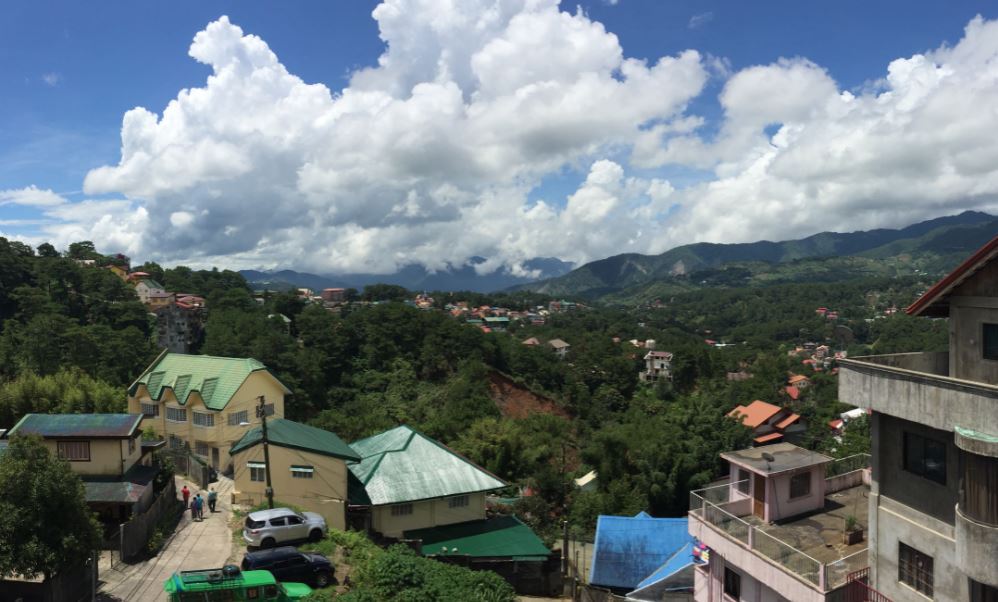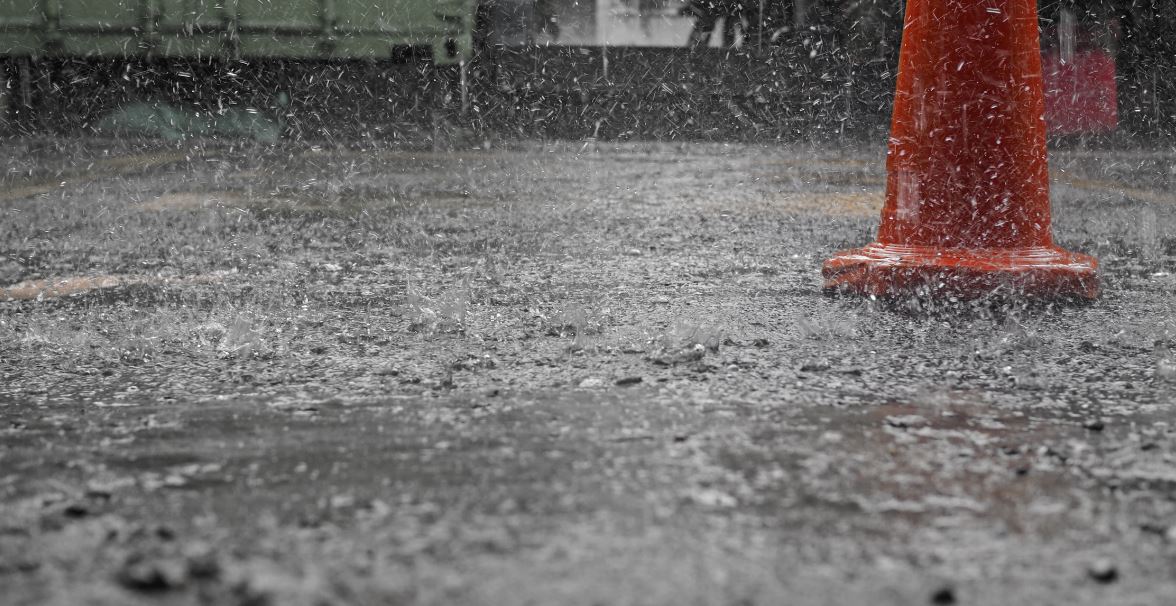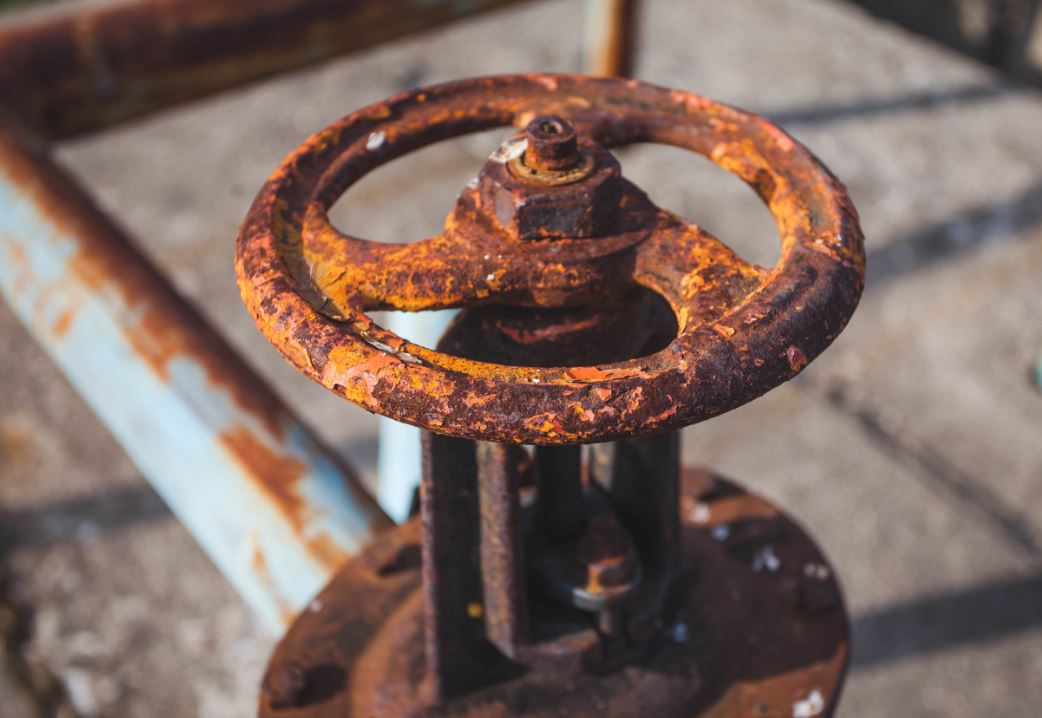Temperatures are dropping and rain is falling more frequently as the country enters the coldest months of the year. This might be welcome news to some, but for the construction industry, it poses a new set of challenges. Due to the chemical nature of construction materials like cement, an ideal temperature and moisture level needs to be met for them to reach maximum strength.
While the Philippines is not affected by construction problems caused by concrete, cold weather can still affect the quality of the site in more ways than one.
In the Philippines, high-altitude areas like Baguio may drop in temperature more than usual, which can affect the on-site productivity at construction projects. As a tropical country, we also deal with rainy weather quite often, which impacts the quality of construction materials and tools. Knowing these conditions happen, it’s better to know what to expect. To learn the effects of unfavorable weather on construction projects, here is a quick 101.
Concrete may not set
Concrete drying has a minimum threshold to occur effectively. When temperatures dip lower than the threshold, certain chemical reactions will not happen causing your concrete to not set. To help the concrete along in cold weather, use a mix optimized for the conditions, like low heat cement or mixes with heat retaining aggregate substitutes like fly ash or limestone.
The rainy season can bring about more cons than pros for site workers everywhere.
Concrete may weaken
During its curing phase, concrete needs heat to grow to its maximum strength, and cold weather can make concrete vulnerable. Use insulation materials to help the concrete retain heat as it cures. Once it’s done, it also needs to be gradually taken off the heat to prevent thermal cracking from a sudden change in temperature.
Heavy rain may also damage freshly poured concrete, and makes dusting, scaling and cracking more likely. If the cement is colored, rain can also cause streaking. If a sudden rainshower occurs (as it often does in the Philippines), it would be best to postpone large-scale pouring.

Surface scaling, a concrete problem caused by rainfall.
Tools and heavy equipment are affected by the weather
It’s not just the air you have to be concerned about. Cold tools can also affect your concrete. Be mindful of the equipment that comes in contact with your concrete before it’s had a chance to set to avoid damaging the mix.
Heavy duty equipment are made to withstand rain, but that doesn’t mean their care can be neglected. Working in rainy conditions can lead to dirt and trapped moisture in your equipment which will impact its performance in the long run. To ensure longevity and optimal performance, make sure to clean your equipment after being exposed to moisture to eliminate the risk of corrosion.
Don’t abuse your materials, even if they’re said to be resistant to corrosion.
The right pre-planning and constant monitoring of the weather is the key to carrying on even when the weather doesn’t cooperate. But more than anything, don’t forget that safety for your people should always come first.
![]()













